Home>Ideas and Tips>Home Gym Weightlifting Belt Storage: Organize Workout Accessories
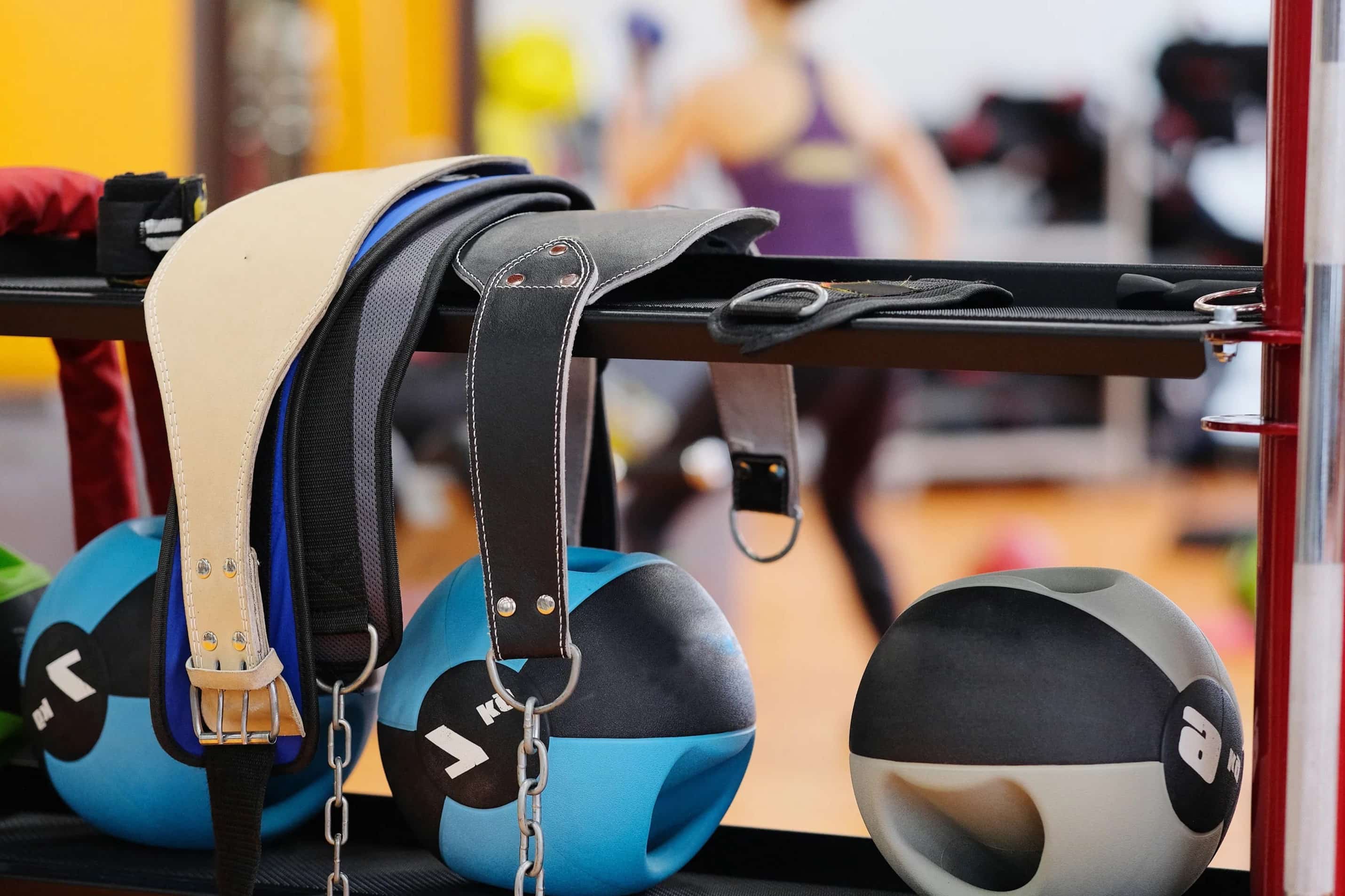

Ideas and Tips
Home Gym Weightlifting Belt Storage: Organize Workout Accessories
Modified: October 31, 2024
Discover efficient storage solutions for your home gym. Learn how to organize weightlifting belts and accessories for a clutter-free workout space.
(Many of the links in this article redirect to a specific reviewed product. Your purchase of these products through affiliate links helps to generate commission for Storables.com, at no extra cost. Learn more)
Creating a well-organized home gym is essential for efficient and effective workouts. One of the most critical components of any weightlifting setup is the storage and organization of equipment, particularly weightlifting belts and other accessories. In this article, we will delve into the best practices for storing and organizing your home gym, focusing on weightlifting belts and other essential accessories.
Understanding the Importance of Storage
Before we dive into the specifics of storage solutions, it's crucial to understand why proper organization is vital for your home gym. Here are a few key reasons:
- Efficiency: When your equipment is neatly stored, you can quickly locate what you need without wasting time searching through cluttered spaces.
- Safety: Proper storage helps prevent accidents by keeping heavy equipment off the floor and out of reach of children or pets.
- Hygiene: Organized storage makes it easier to clean and maintain your equipment, reducing the risk of bacterial growth and other health issues.
- Aesthetics: A well-organized home gym looks more professional and inviting, which can boost your motivation to work out.
Choosing the Right Storage Solutions
Selecting the right storage solutions for your home gym involves considering several factors, including the type of equipment you have, the available space, and your personal preferences.
1. Shelves and Racks
Shelves and racks are versatile storage solutions that can be used for a variety of items, including weightlifting belts, dumbbells, and barbells. Here are some tips for using shelves and racks effectively:
- Adjustable Shelves: Look for shelves that are adjustable to accommodate different sizes of equipment.
- Sturdy Construction: Ensure that the shelves are sturdy enough to hold heavy weights without collapsing.
- Easy Access: Position shelves in a way that allows easy access to the equipment you use most frequently.
2. Cabinets and Lockers
Cabinets and lockers provide secure storage for your equipment, protecting it from dust and moisture. Here are some considerations when choosing cabinets or lockers:
- Material: Opt for durable materials like steel or wood that can withstand regular use.
- Locking Mechanism: If you're storing valuable or sensitive equipment, consider using lockers with secure locking mechanisms.
- Size: Choose cabinets or lockers that fit your available space while still providing ample room for your equipment.
3. Hooks and Hangers
Hooks and hangers are excellent for hanging items like weightlifting belts, jump ropes, and other accessories. Here are some tips for using hooks and hangers effectively:
- Wall-Mounted Hooks: Use wall-mounted hooks to maximize vertical space and keep your floor clear.
- Over-the-Door Hooks: Over-the-door hooks are great for hanging items like towels or extra workout gear.
- Adjustable Hangers: Look for hangers that are adjustable to accommodate different sizes of equipment.
4. Baskets and Bins
Baskets and bins are perfect for storing smaller items like resistance bands, gloves, and other accessories. Here are some considerations when using baskets and bins:
- Material: Choose baskets and bins made from durable materials like plastic or canvas.
- Size: Select baskets and bins that fit your available space while still providing enough room for your smaller items.
- Labeling: Label each basket or bin so you can easily identify what's inside without having to open them.
Organizing Your Weightlifting Belts
Weightlifting belts are essential for many exercises, especially those involving heavy lifting like deadlifts and squats. Here’s how you can organize your weightlifting belts:
1. Designate a Specific Area
Set aside a specific area in your home gym dedicated solely to storing your weightlifting belts. This could be a shelf or a cabinet where you can keep them neatly arranged.
2. Use Hooks
Hang your weightlifting belts on hooks attached to the wall or over a door. This keeps them off the floor and makes them easy to grab when needed.
3. Label Each Belt
Label each belt with its size and type so you can quickly identify which one you need without having to search through them all.
4. Store Belts by Size
Store your belts in order of size from smallest to largest. This makes it easier to find the right belt for your workout without having to dig through them all.
Additional Accessories Storage Tips
In addition to weightlifting belts, there are several other accessories you'll want to store in an organized manner:
1. Dumbbells and Barbells
Use dumbbell racks or barbell stands that allow you to hang them vertically when not in use. This keeps them off the floor and prevents them from getting damaged.
2. Resistance Bands
Store resistance bands in baskets or bins labeled by color or resistance level. This makes it easy to find the right band for your workout.
3. Gloves and Wrist Wraps
Hang gloves and wrist wraps on hooks near your weightlifting area so they're easily accessible before each workout.
4. Jump Ropes
Use over-the-door hooks or hang jump ropes from a hook on the wall near your cardio area.
Maximizing Space in Your Home Gym
One of the biggest challenges when setting up a home gym is maximizing space without sacrificing functionality:
1. Multifunctional Equipment
Invest in multifunctional equipment like adjustable dumbbells that can be used for various exercises without taking up too much space.
2. Foldable Equipment
Consider foldable equipment like foldable benches or foldable mats that can be easily stored when not in use.
3. Vertical Storage
Use vertical storage solutions like wall-mounted shelves or hooks to maximize your ceiling height and keep your floor clear.
Conclusion
Creating an organized home gym is crucial for efficient and effective workouts. By choosing the right storage solutions—such as shelves, cabinets, hooks, baskets—and organizing your weightlifting belts along with other accessories—you'll be able to find what you need quickly while keeping your space safe and hygienic. Remember to maximize your space by investing in multifunctional equipment and using vertical storage solutions to keep your floor clear and your equipment protected. With these tips, you'll be well on your way to creating a professional-looking home gym that enhances your workout experience every time you step into it.
References:
- Tru Grit Fitness. (2021-12-01). A Guide To Home Gym Storage Organization.
- Complementary Training. (2016-12-25). What Equipment to Get and How to Organize Your Facility?
Was this page helpful?
At Storables.com, we guarantee accurate and reliable information. Our content, validated by Expert Board Contributors, is crafted following stringent Editorial Policies. We're committed to providing you with well-researched, expert-backed insights for all your informational needs.
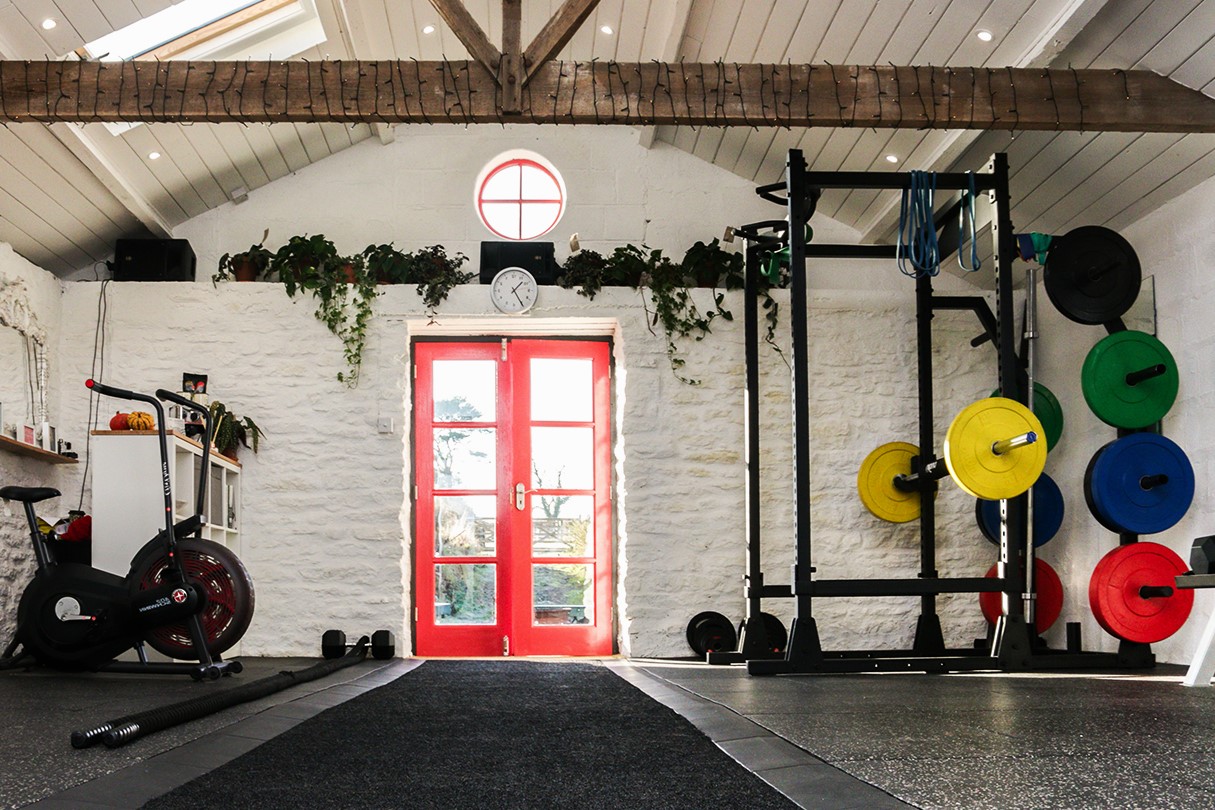
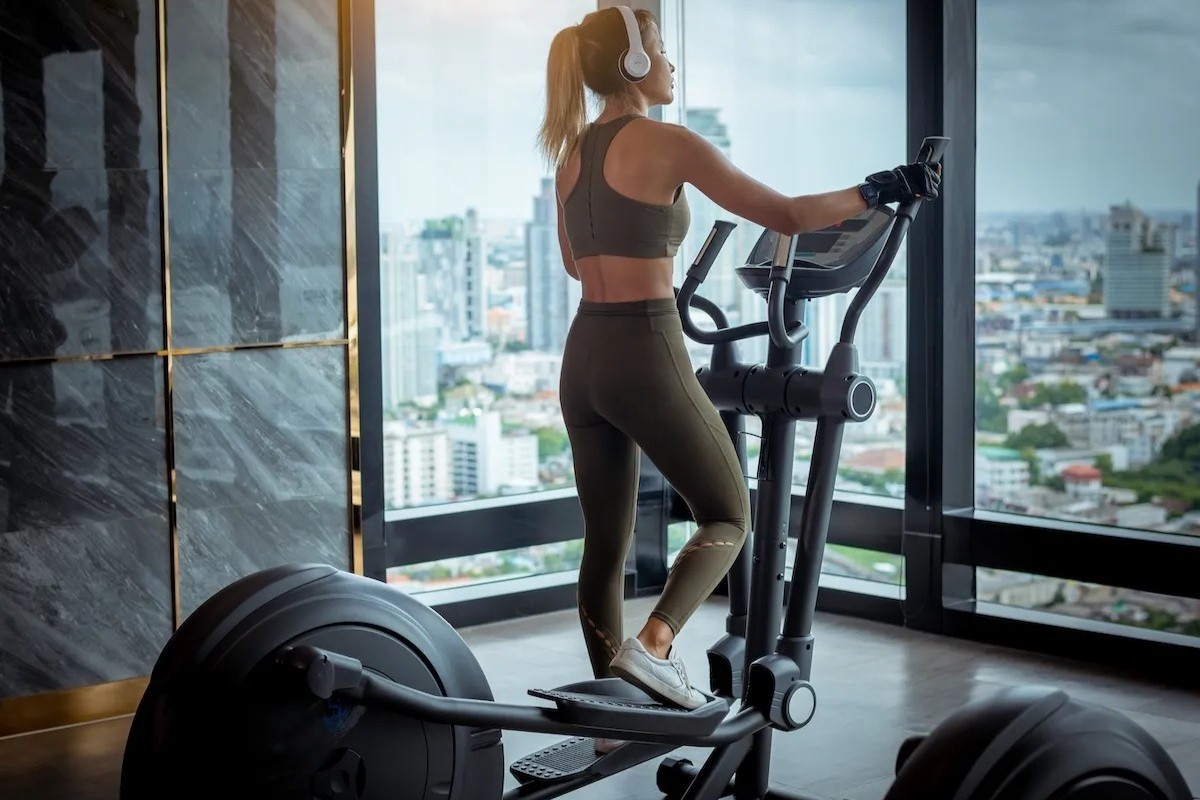
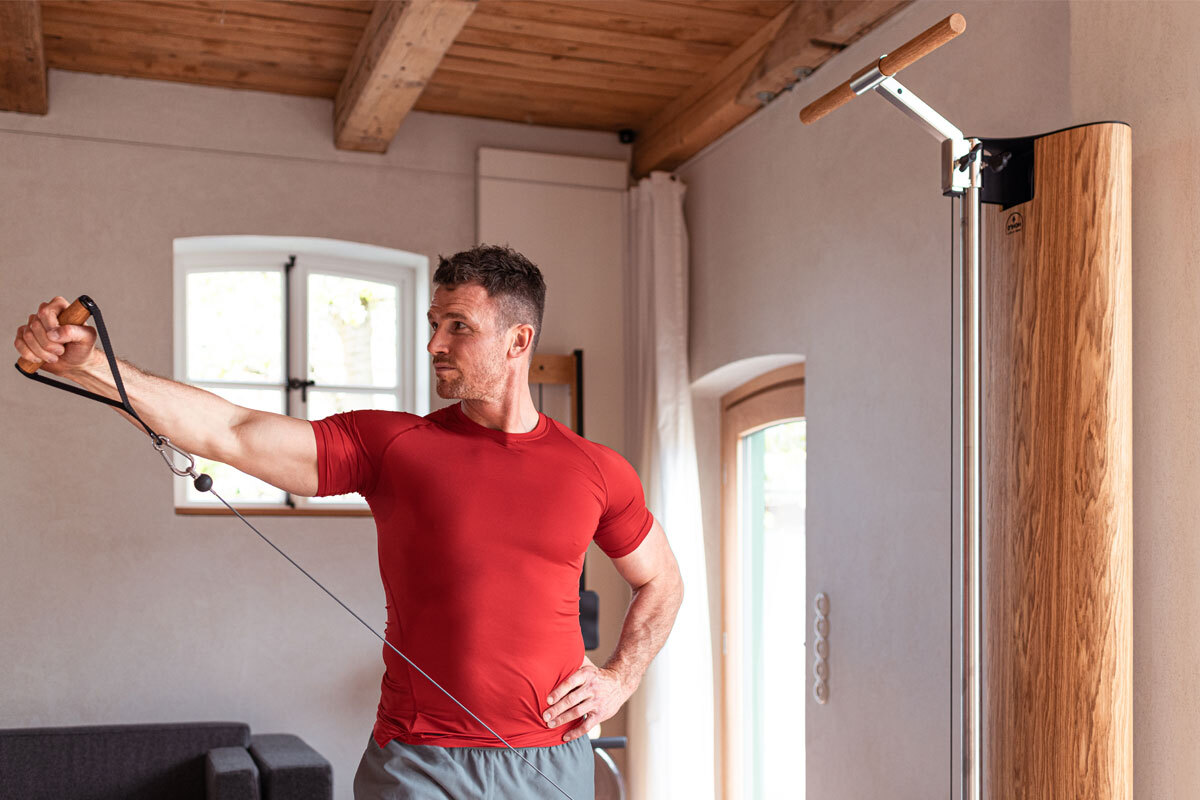
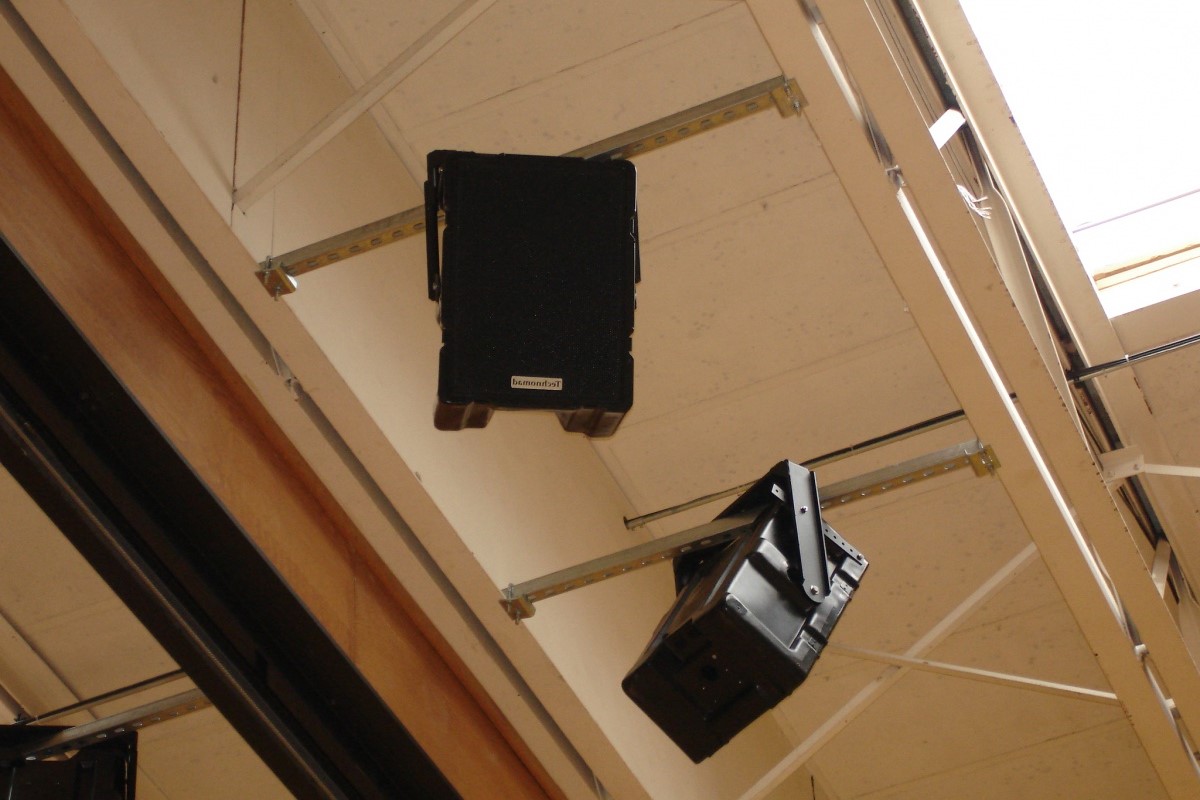
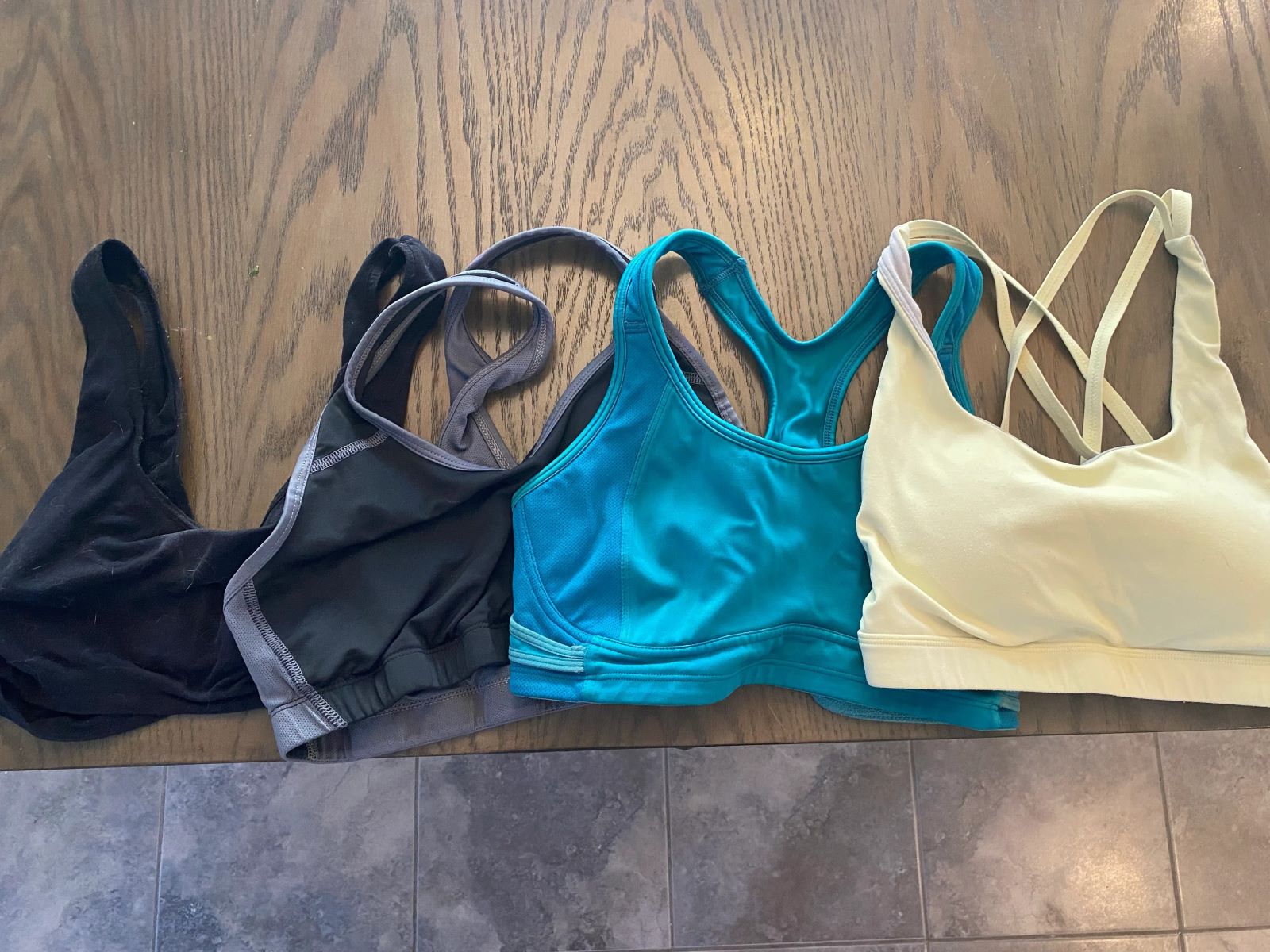
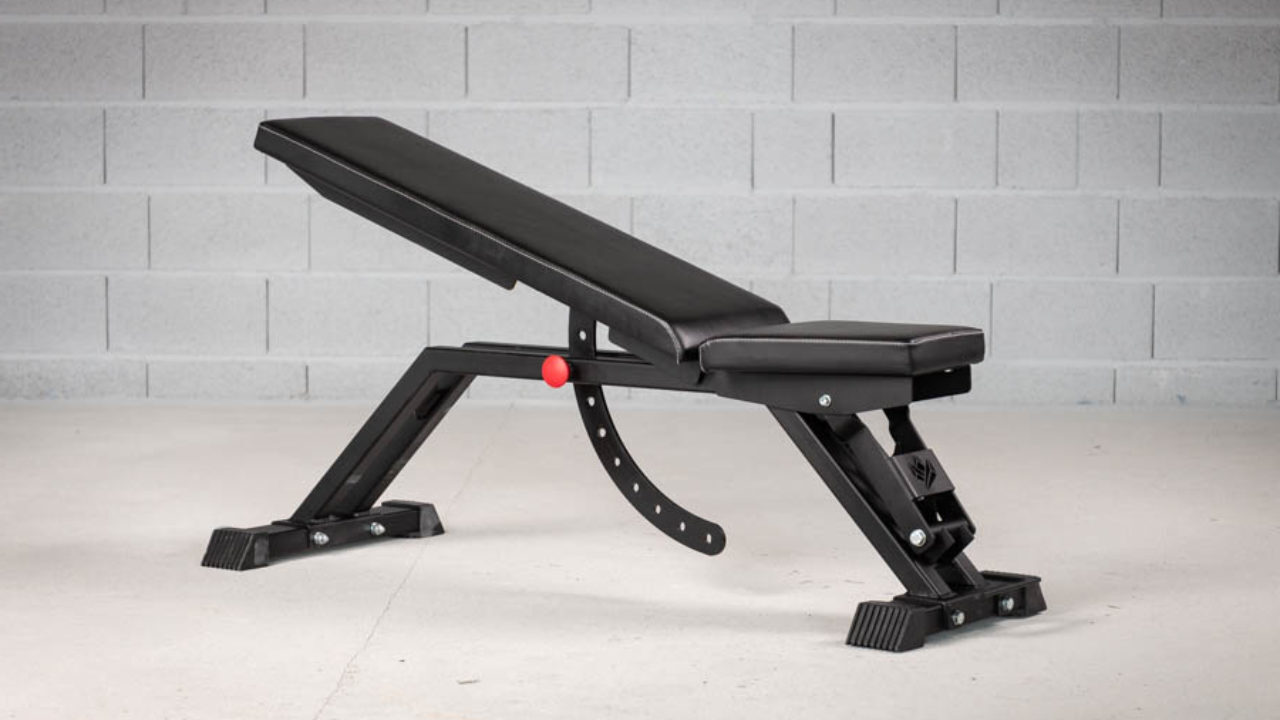
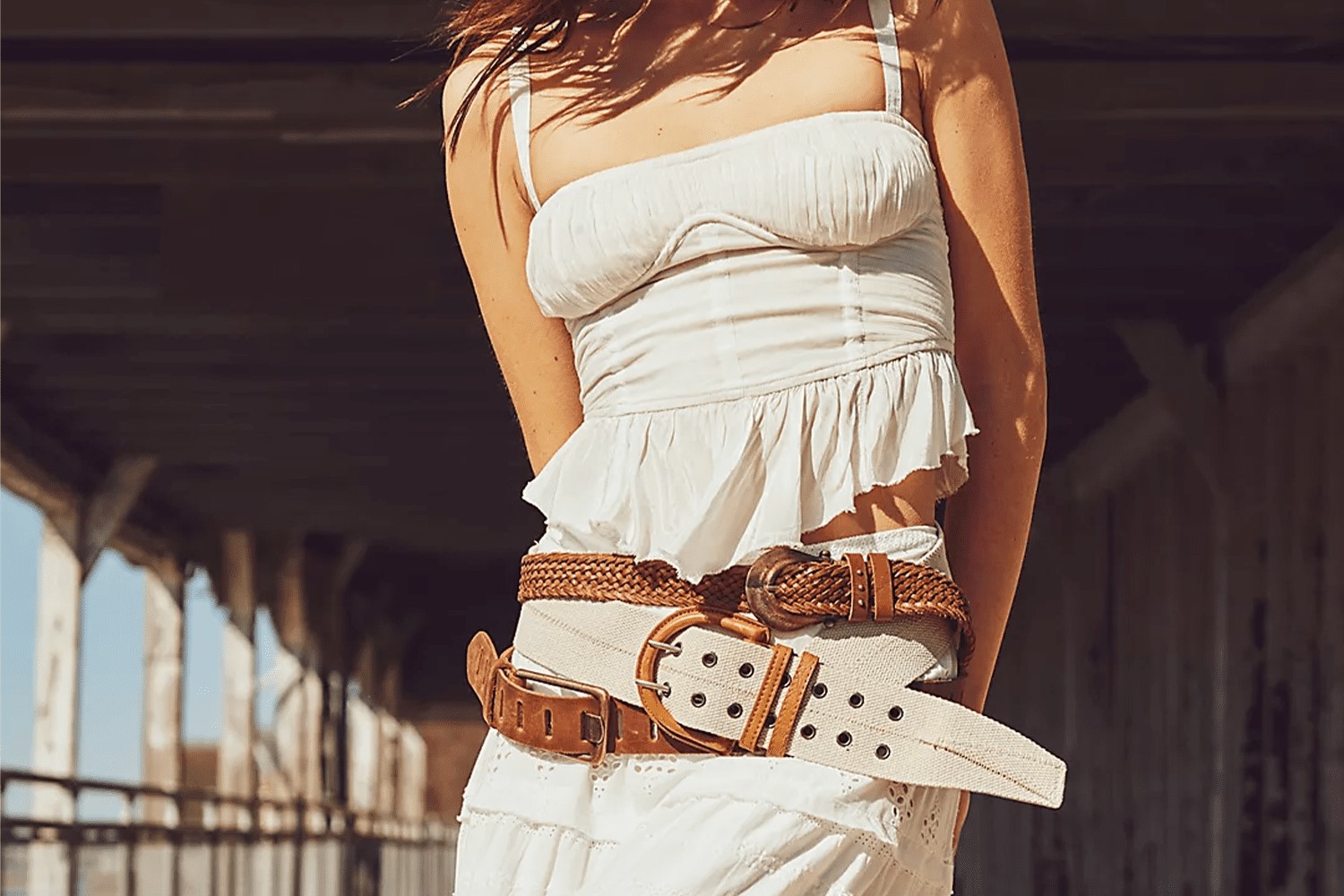
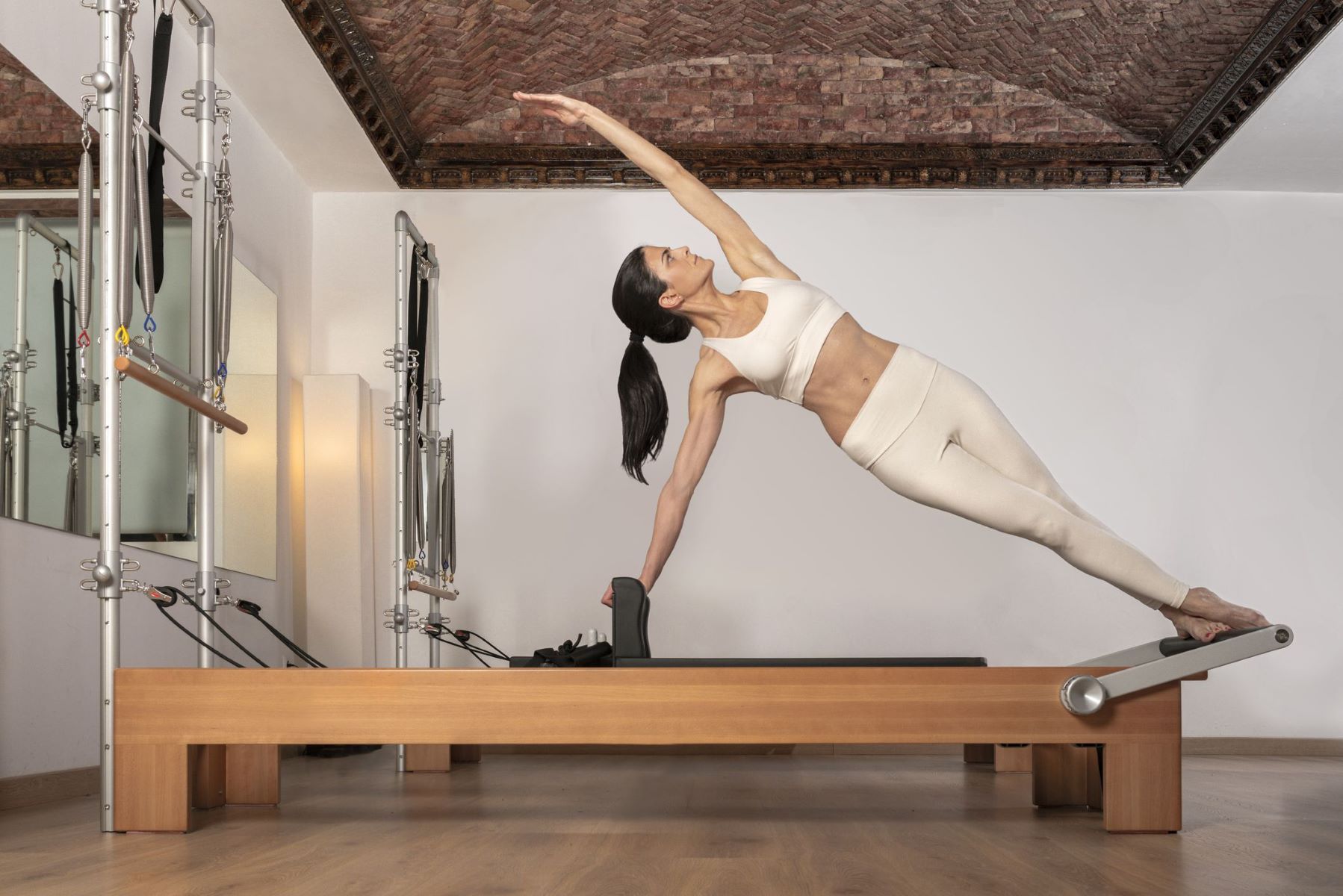
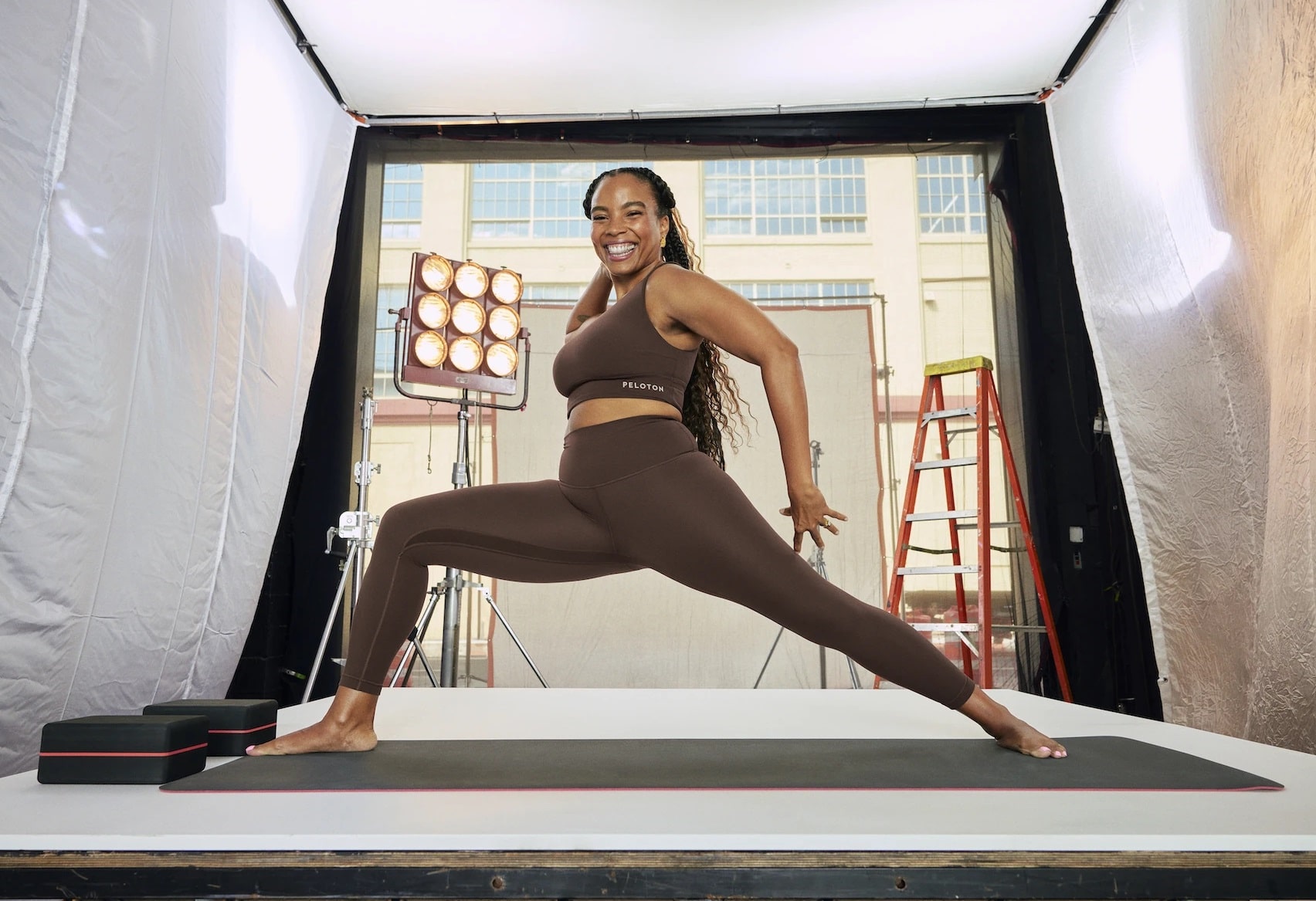
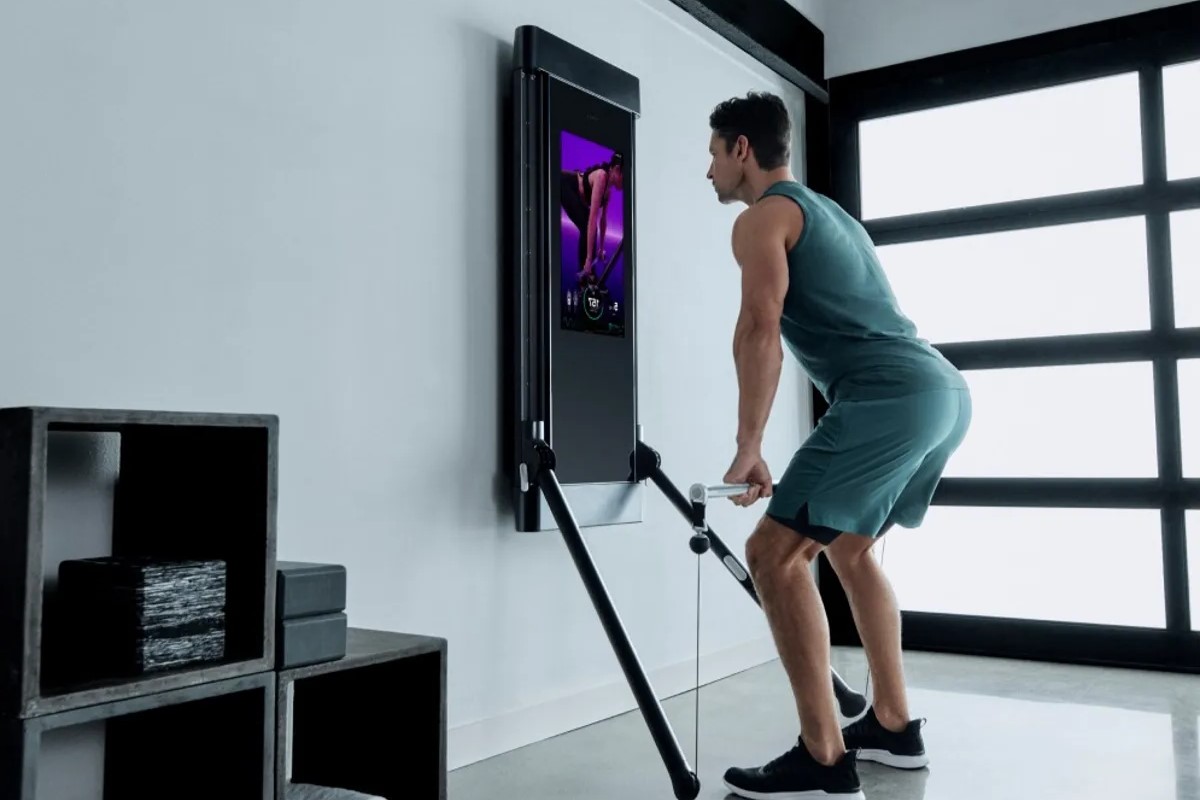

0 thoughts on “Home Gym Weightlifting Belt Storage: Organize Workout Accessories”